
Predicting the Woman Hairstyles of the Future: 7 Trends Shaping the Next Decade | Tech & Sustainability
12 min read

12 min read

12 min read
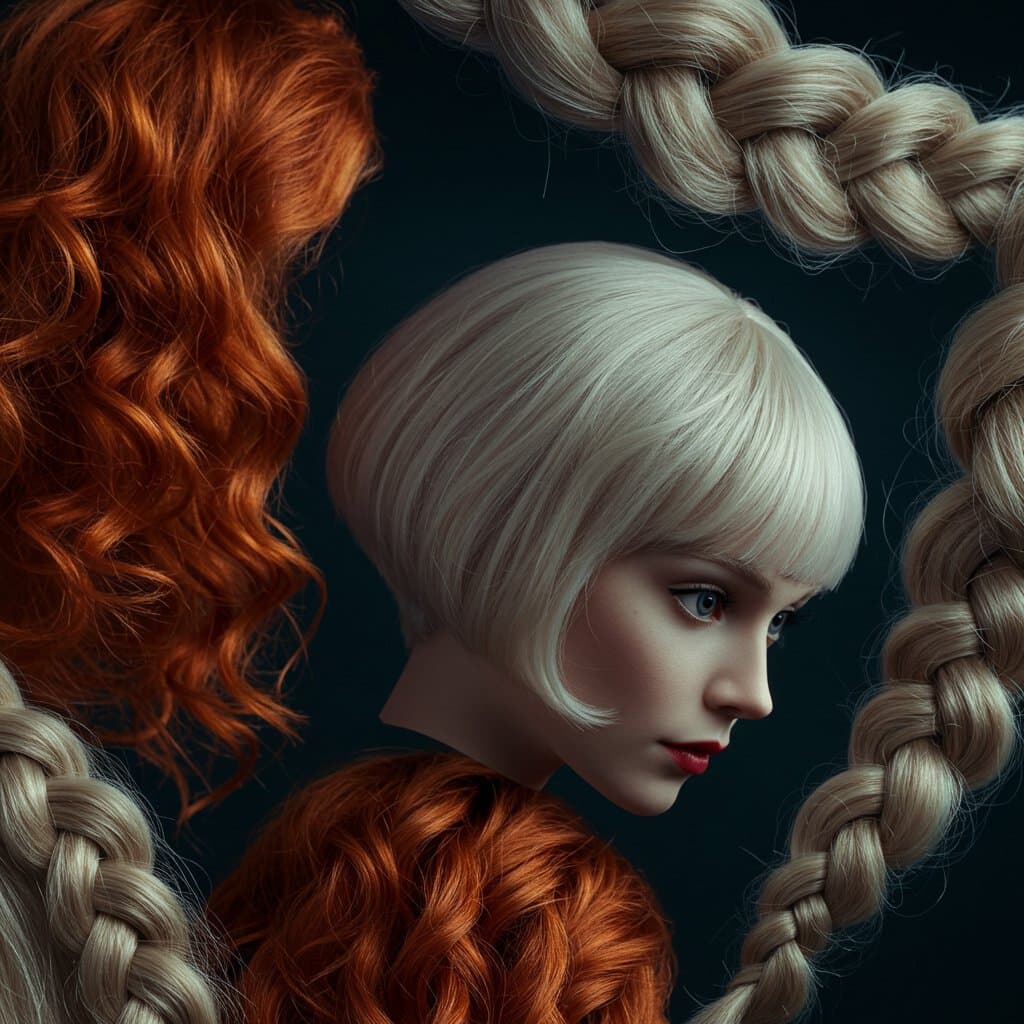
14 min read
Download our app to instantly see how you'd look with any hairstyle or color
Get the App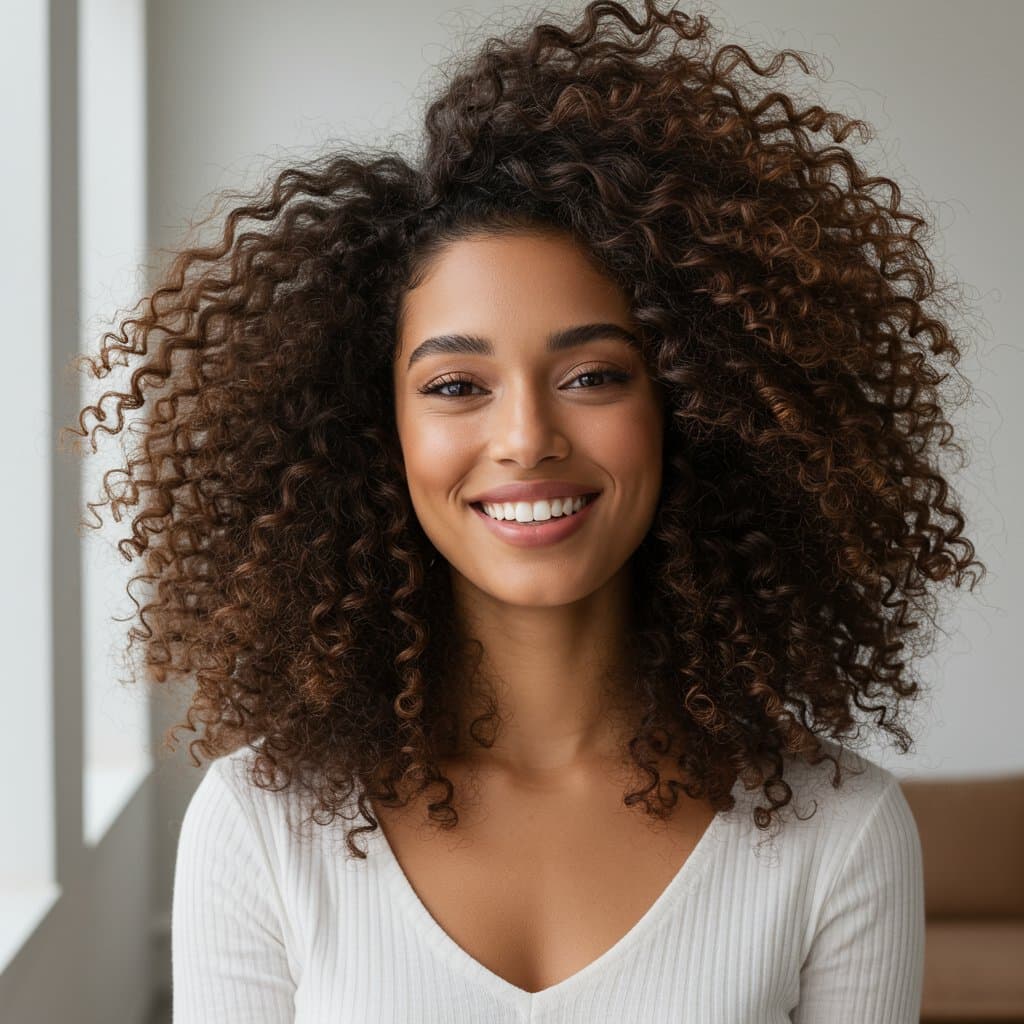
12 min read

13 min read
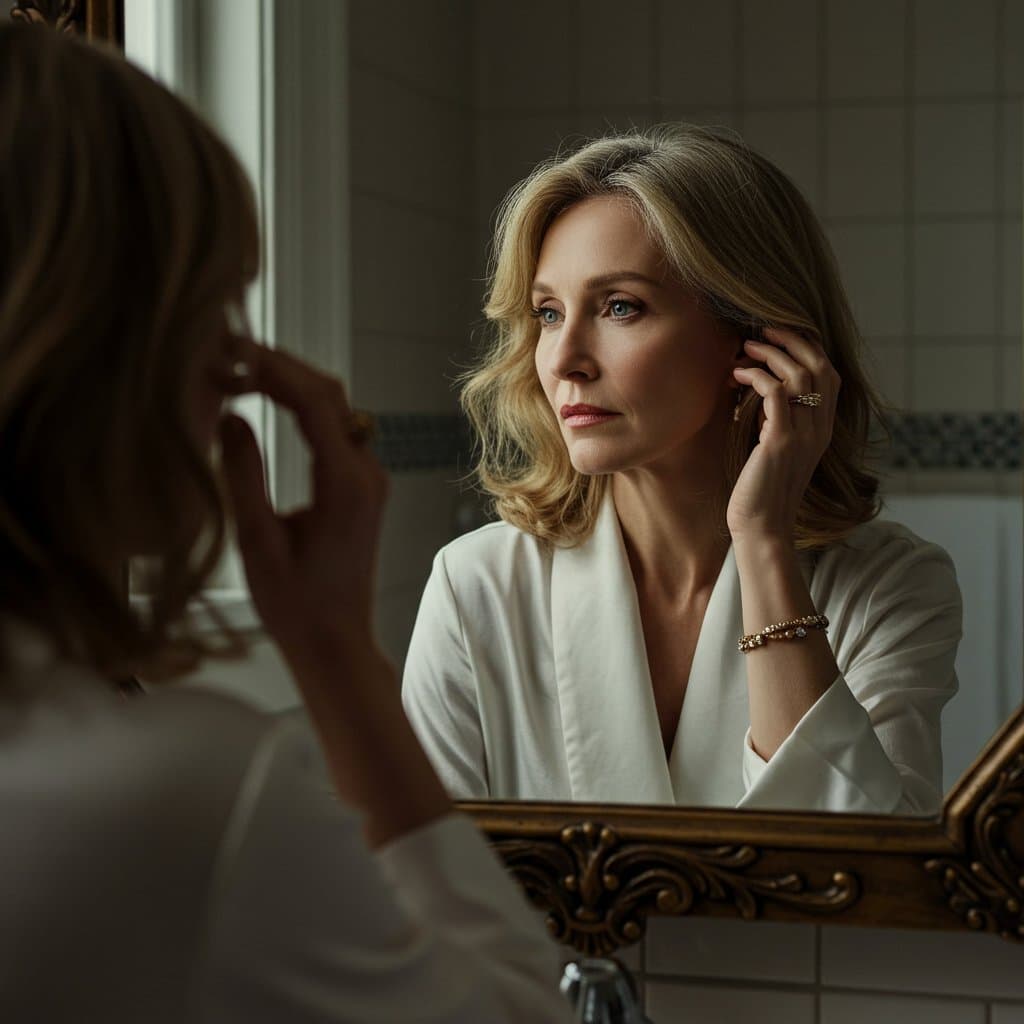
15 min read
Download our app to instantly see how you'd look with any hairstyle or color
Get the AppLiving with fine or thin hair can often feel like a constant battle against gravity. You might find that styles fall flat within hours, your ponytail lacks oomph, and achieving that coveted, full-bodied look seems like an impossible dream. But the secret to transforming limp locks into a voluminous masterpiece doesn't lie in magic potions; it's rooted in the strategic art of the perfect haircut and style. The right approach can create texture, build body, and craft an illusion of thickness that will completely change how you see your hair. This guide is your definitive resource for the best volumizing hairstyles for fine or thin hair, designed to empower you with the knowledge to work with your hair's natural texture, not against it.
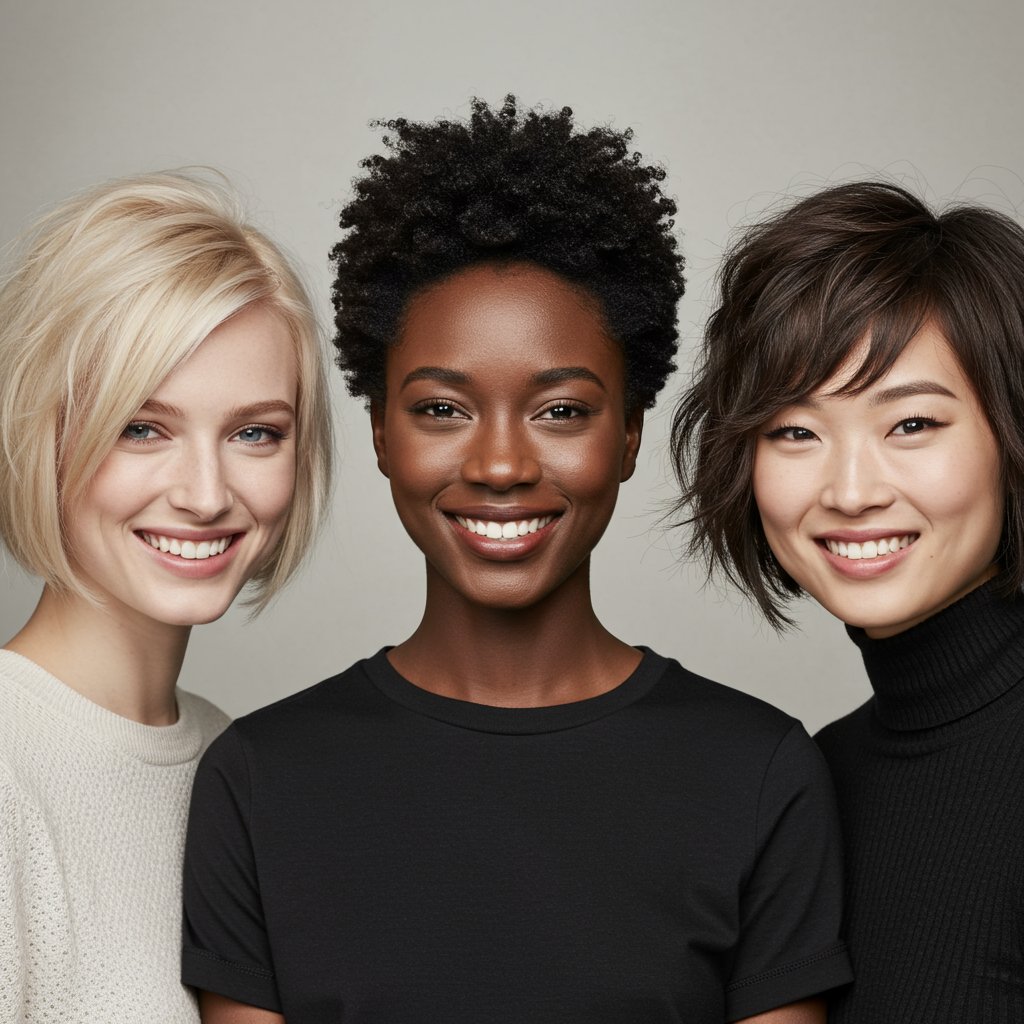
Whether your hair is naturally fine (meaning the individual strands are small in diameter) or thinning (meaning you have fewer strands per square inch), the principles of creating volume are universal. It's about creating shape, dimension, and movement through clever cutting techniques, smart color placement, and effective at-home styling. Forget the days of feeling limited by your hair type. It's time to explore a world of chic bobs, edgy pixies, and textured lobs that are specifically designed to maximize fullness and give you the confident, beautiful hair you deserve. Let's dive into the cuts, colors, and techniques that will take your hair from flat to fabulous.
Before selecting your next hairstyle, it's crucial to understand the specific nature of your hair. The terms "fine" and "thin" are often used interchangeably, but they describe two different characteristics. Understanding this distinction is the foundation for choosing a cut that truly works for you. An experienced stylist will assess this first, as it dictates the best approach to creating volume. Fine hair refers to the diameter of each individual strand—it's slender and delicate. You can have a lot of fine hair, which would make your hair dense but still prone to falling flat due to the weightlessness of the strands.
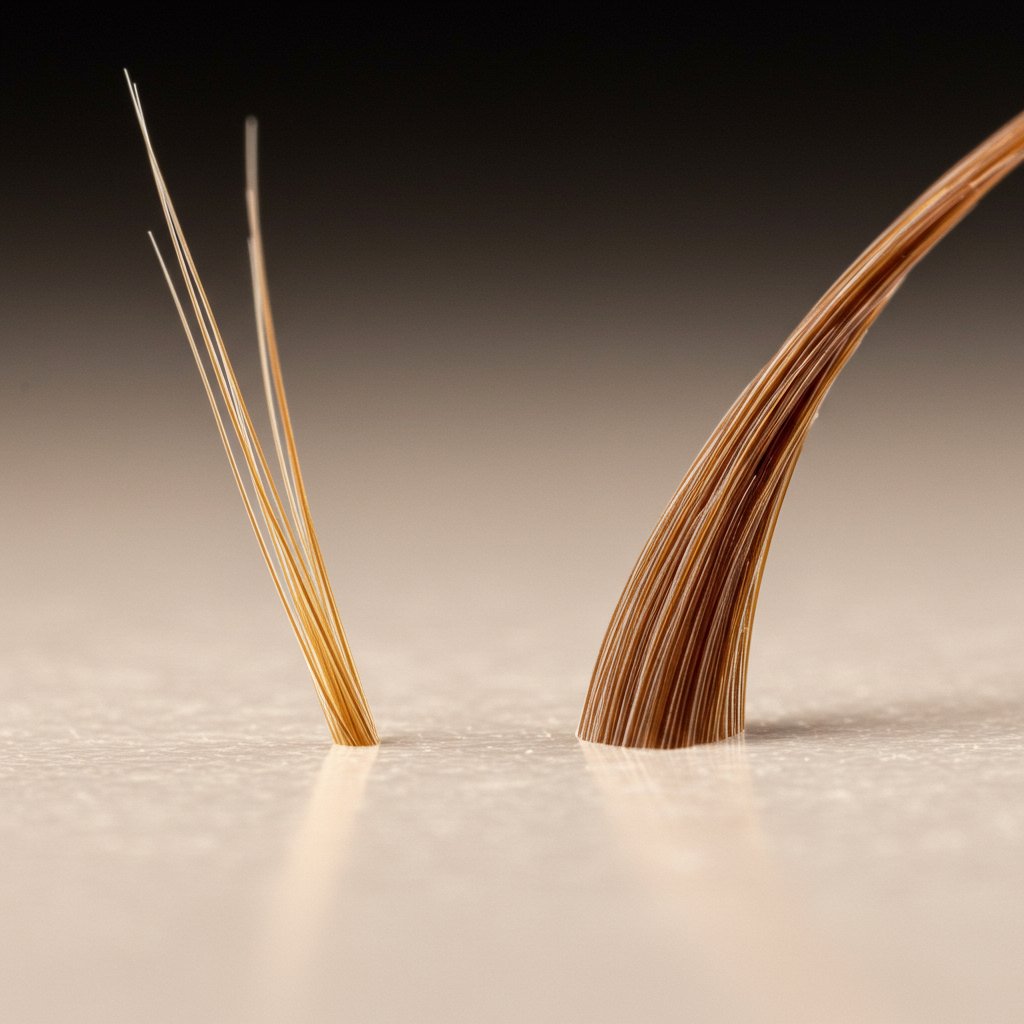
On the other hand, thin hair refers to the density of your hair—the number of individual strands on your scalp. Someone can have coarse, thick strands but have thin hair overall because there are fewer of them. It's also common to have hair that is both fine and thin. Identifying your type is key. Fine hair benefits from styles that create texture and prevent the strands from clumping together, while thin hair often requires cuts that create a solid, blunt perimeter to maximize the appearance of density. Many of the most effective volumizing hairstyles address both issues simultaneously, using strategic layers and strong shapes to build a fuller silhouette from every angle.
One of the most effective strategies for adding volume to fine hair is to go shorter. Long hair, beautiful as it may be, carries weight that can pull down the roots, making hair appear flat and limp, especially at the crown. Shorter styles instantly remove this weight, allowing the roots to lift and creating an immediate impression of fullness and body. These cuts are not just practical; they are incredibly chic, modern, and make a bold statement. They work by concentrating the hair's density into a smaller area and allowing for texture that stands up and out, rather than hanging down.

The pixie cut is a timeless choice that can be customized to beautifully flatter fine hair. The key is texture. A pixie with soft, choppy layers creates movement and prevents the hair from lying flat against the scalp. By keeping the sides and back shorter and leaving more length and texture on top, you can easily create significant lift with just a bit of texturizing paste or mousse. An asymmetrical pixie, with one side slightly longer, can also create a dynamic shape that draws the eye and adds an illusion of more hair. This cut is surprisingly versatile and low-maintenance, proving that you don't need long hair to have a show-stopping style.
If you're not quite ready for a full pixie, the "bixie" is your perfect match. This trendy hybrid cut combines the length of a short bob with the feathery layers of a pixie. It offers the best of both worlds: the volume-boosting power of a short cut with a little more length to frame the face and offer styling versatility. The layers are typically concentrated around the crown for lift, while the length hovers somewhere between the ear and chin. The bixie is effortlessly cool and works beautifully to create a fuller shape, especially for those with thinning hair around the temples or crown.
There's a reason the bob is a perennial favorite for those seeking volume—it's a powerhouse of a haircut. By creating a strong, defined shape around the jawline or collarbone, bobs make hair appear instantly thicker and healthier. The variations are endless, allowing a stylist to tailor the cut perfectly to your face shape and hair texture. From sharp and blunt to soft and layered, the bob is a versatile canvas for building incredible body.
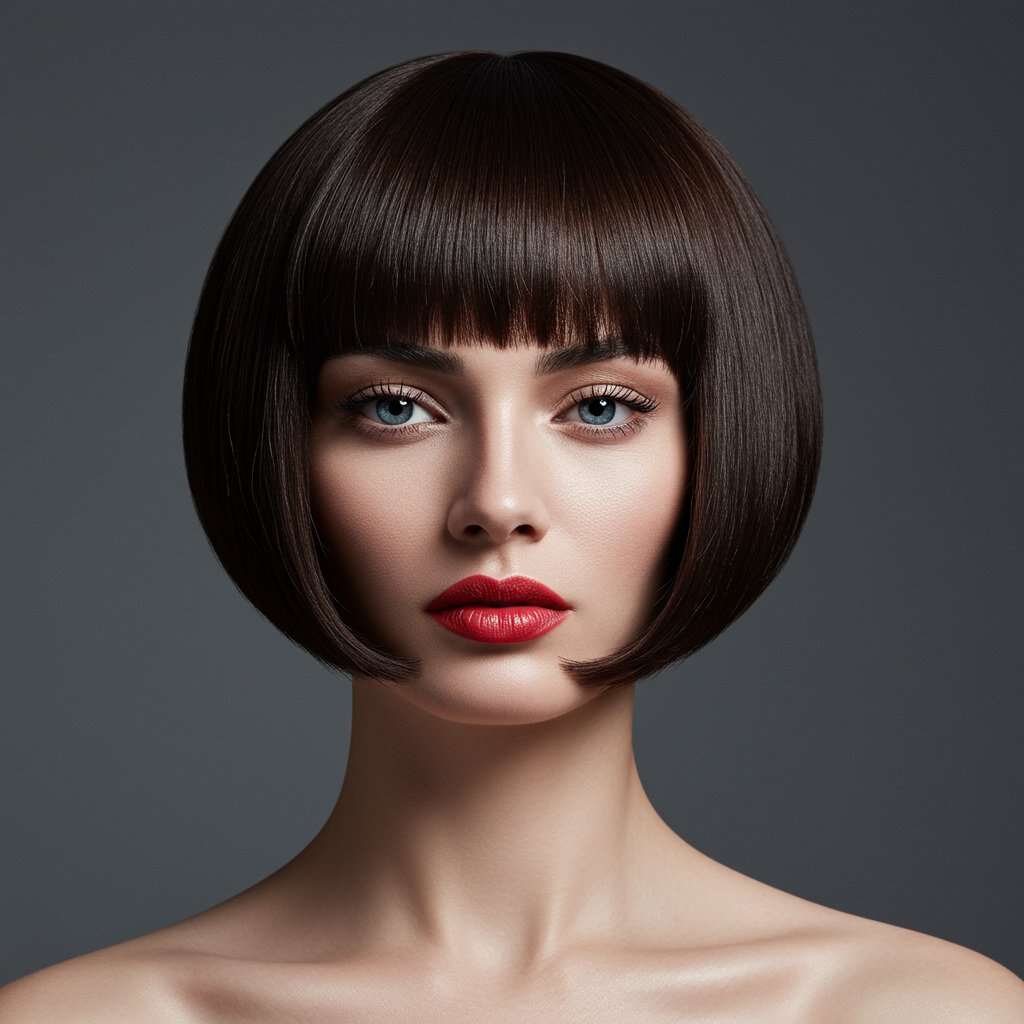
For fine hair, a blunt, one-length bob is a game-changer. By cutting the hair to a single, sharp line, you create the thickest possible perimeter. This technique makes the ends look dense and full, eliminating any wispy or transparent appearance that can occur with heavily layered fine hair. A jaw-length or collarbone-length blunt cut is incredibly chic and creates a solid foundation of weight. When styled with a subtle bend or wave, the uniform ends move together, creating a beautiful, voluminous swing.
An A-line or graduated bob features a slightly shorter length in the back that gradually becomes longer toward the front. This subtle stacking technique builds weight and volume right where you need it—at the back of the head and crown. The angled shape not only adds structure and dimension but also draws the eye forward, elongating the neck and jawline. This cut is fantastic for creating a rounded, full silhouette that makes hair appear significantly thicker from the back and sides.
If you love the versatility of medium-length hair, you don't have to sacrifice it for volume. The secret lies in strategic cutting that removes weight from the right places while maintaining overall density. The goal is to create movement and lift without thinning out the ends, which can make fine hair look sparse. These cuts focus on creating an airy, light feel that works with your hair's natural texture.
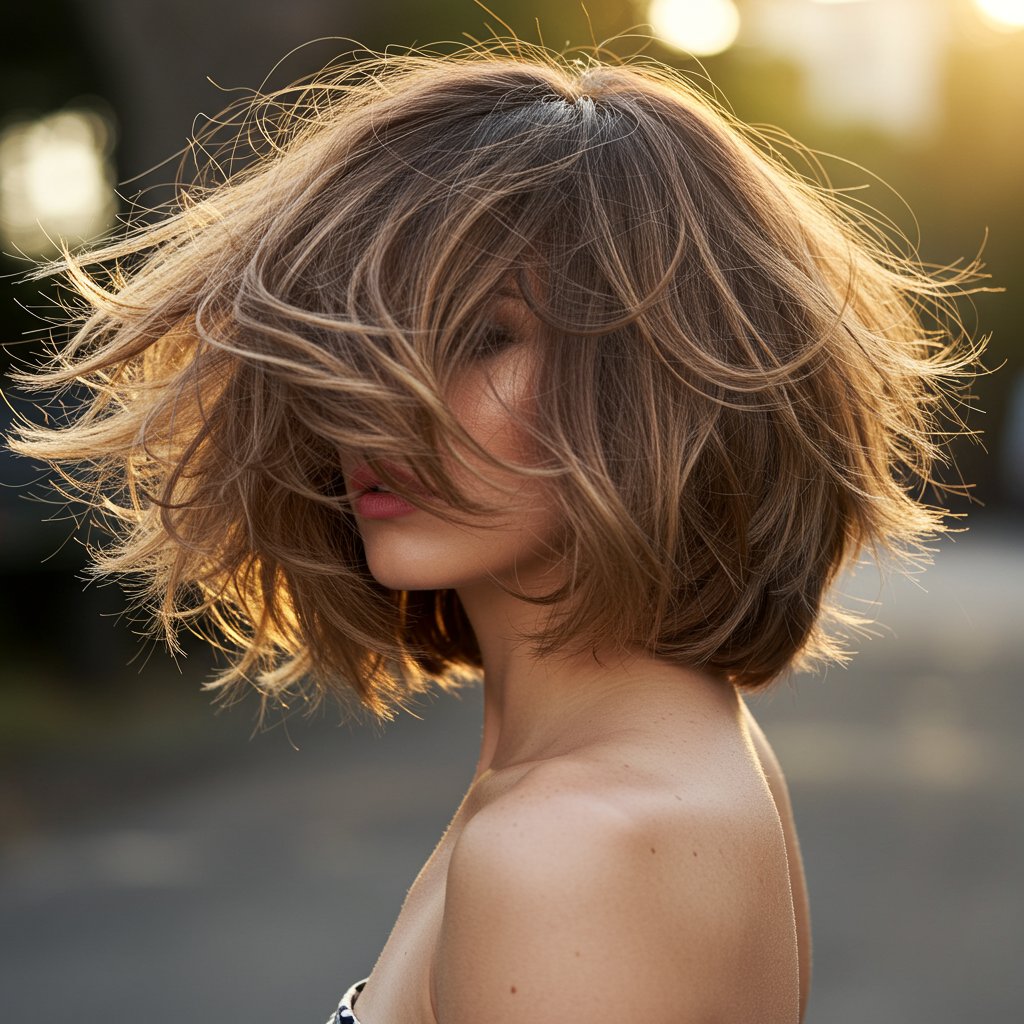
A cut that sits right at the collarbone is often the sweet spot for fine hair. It's long enough to be versatile but not so long that it gets weighed down. The key to making this length work is the use of subtle, long layers, often called "invisible" or "ghost" layers. Instead of short, choppy layers, a stylist will cut long, seamless layers internally. This technique adds movement and texture, allowing the hair to have more lift and body without sacrificing the precious density at the ends. Paired with soft, face-framing pieces, this style is both flattering and volumizing.
The modern shag is a far cry from the heavy, choppy cut of decades past. Today's version is soft, airy, and perfect for boosting volume in fine to medium hair. It features feathered layers focused around the crown and face, creating incredible lift at the roots and a beautiful, textured frame. The ends are kept relatively light and wispy, which encourages movement and a natural, lived-in wave. This cut is ideal for those who prefer an effortless, air-dried style, as the layers are designed to create shape and volume with minimal styling effort.
A great haircut is only half the battle; the right hair color can be a powerful tool for creating the illusion of volume. Monotone, single-process color can sometimes make hair appear flat. By incorporating multiple tones and strategic placement, a colorist can create a 3D effect that tricks the eye into seeing more depth, texture, and fullness. This is about working smarter, not harder, to achieve a thicker look.
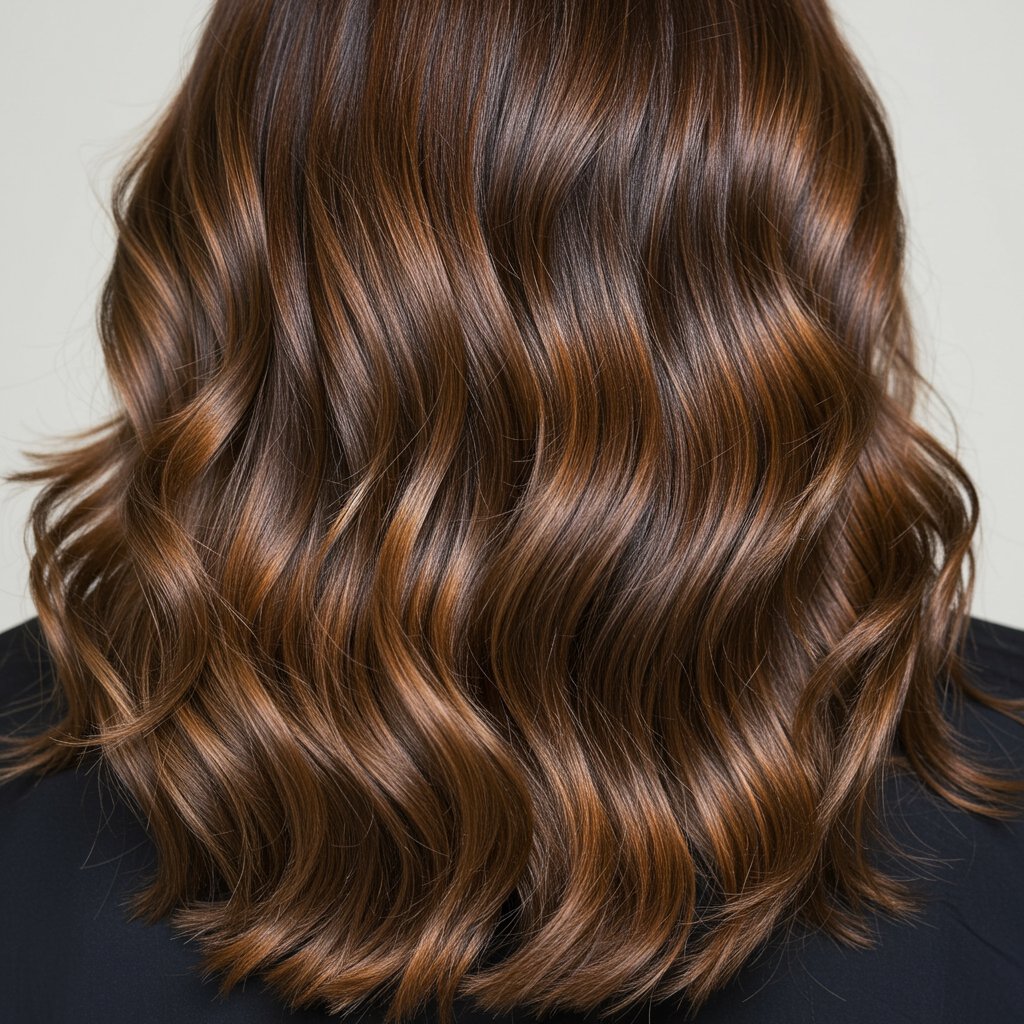
The interplay of light and shadow is the secret to dimensional color. By weaving in a mix of highlights (lighter shades) and lowlights (darker shades), a colorist can create a multi-tonal effect that breaks up the solid block of color. The lighter pieces catch the light and create points of interest, while the darker pieces create shadows and depth, making the hair appear more dense and textured. Techniques like balayage and babylights are perfect for this, as they create a natural, sun-kissed dimension that looks effortlessly full.
A shadow root or root smudge technique involves applying a darker color at the roots that seamlessly blends into a lighter shade on the mid-lengths and ends. This not only makes for a lower-maintenance color but also creates a powerful volumizing effect. The darker root area provides a deep, shadowy base that makes the lighter sections of hair pop, creating a contrast that gives the illusion of lift and height at the crown. It’s an optical illusion that delivers stunning, voluminous results.
Your volumizing hairstyle from the salon is the perfect foundation, but maintaining that body and lift at home requires the right techniques and products. A few simple adjustments to your styling routine can make a world of difference in keeping your hair looking full and vibrant between appointments.
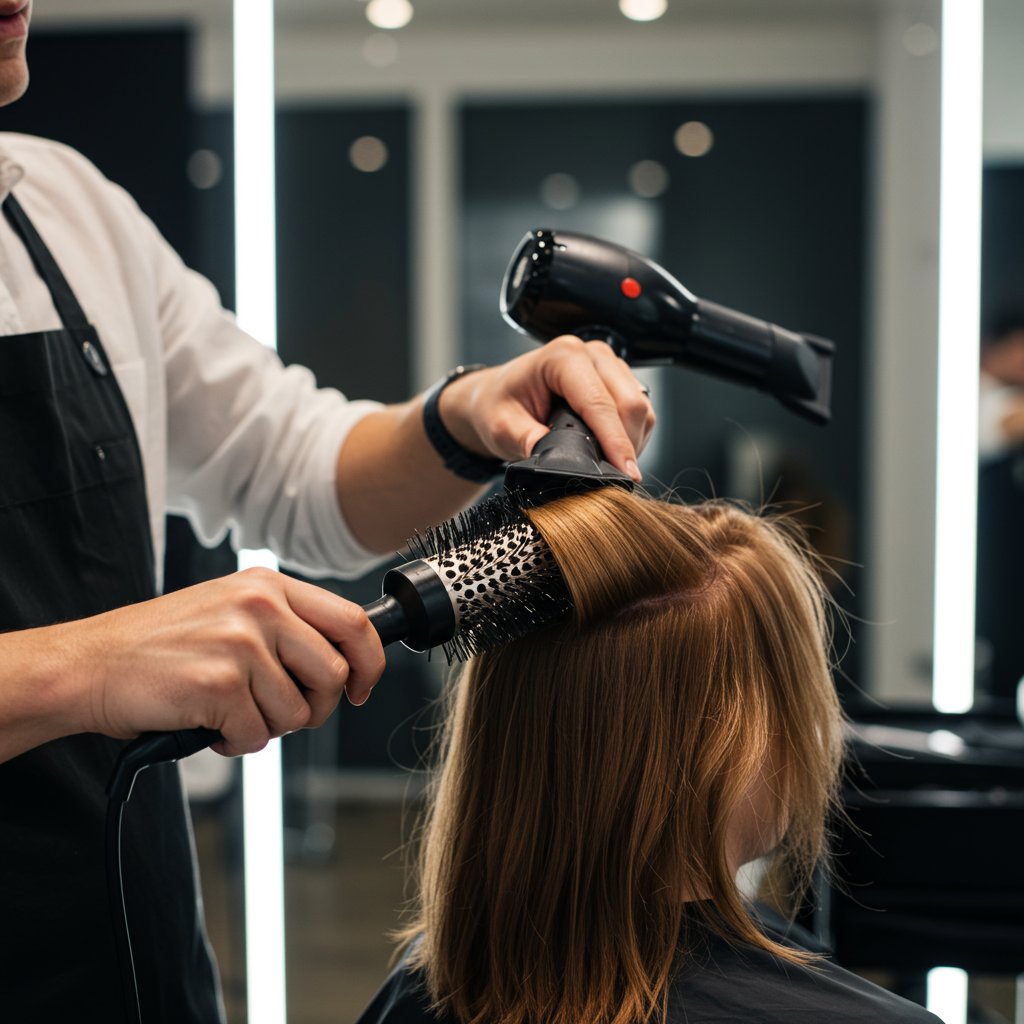
Mastering the volumizing blow-dry is essential. Start with towel-dried, damp hair and apply a lightweight volumizing mousse or root-lifting spray directly to the roots. For maximum lift, flip your head upside down and blow-dry your hair until it's about 80% dry, focusing the airflow at the roots. Then, flip back up and use a medium-sized round brush to lift sections of hair at the crown up and away from the scalp as you finish drying. This technique sets the roots in a lifted position, creating a foundation for lasting volume.
For fine hair, product choice is critical. Heavy creams, oils, and serums will weigh your hair down instantly. Instead, build a toolkit of lightweight, volume-boosting products. A good volumizing shampoo and conditioner will cleanse without leaving residue. A texturizing spray is perfect for adding grit and separation to create a fuller look on dry hair. And never underestimate the power of dry shampoo—even on clean hair, a spritz at the roots can absorb excess oil and provide incredible texture and lift that lasts all day.
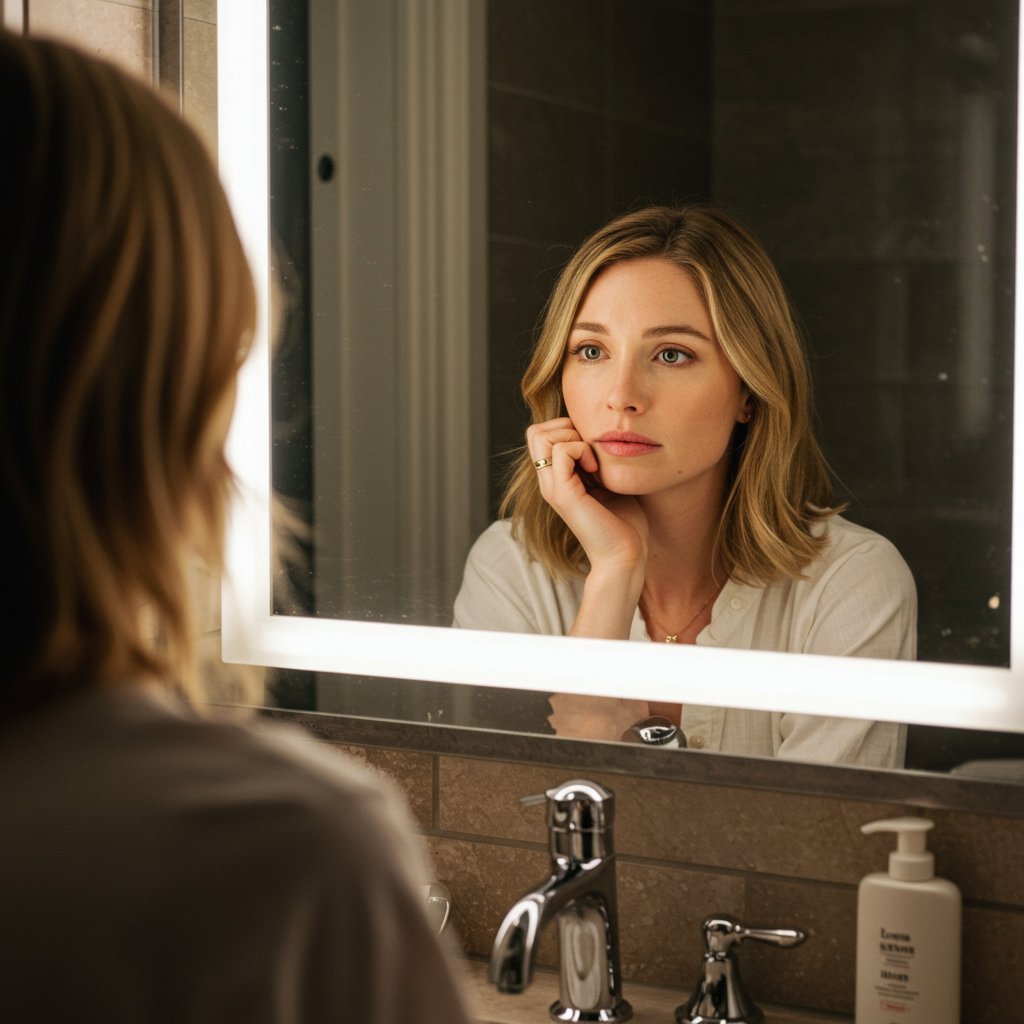
Yes, absolutely. Shorter hairstyles remove the physical weight that pulls hair down at the root. By concentrating the hair's density into a more compact shape like a bob or pixie, the overall appearance is much fuller and thicker. Blunt ends on a short cut also create a stronger, less transparent baseline.
Bangs can be a great option, but the style matters. Wispy, curtain bangs or soft, side-swept bangs can frame the face beautifully without requiring too much hair, which avoids making the rest of your hair look thinner. A heavy, blunt fringe might not be ideal as it can sacrifice too much density from the sides.
Fine hair tends to get oily more quickly, which weighs it down. Many people with fine hair find that washing it daily or every other day helps maintain maximum volume. On non-wash days, a quality dry shampoo is your best friend for absorbing oil and boosting lift at the roots.
For blow-drying, a ceramic or boar bristle round brush is excellent. The ceramic barrel provides even heat distribution, while boar bristles are gentle on the hair and create a smooth, polished finish with lots of lift. For everyday detangling, use a wide-tooth comb or a brush with flexible bristles to prevent breakage.
While a great haircut provides an immediate cosmetic solution, long-term hair health can be supported by proper nutrition. Supplements containing biotin, collagen, iron, and other vitamins can support healthy hair growth. However, it's always best to consult with a healthcare professional before starting any new supplement regimen to address potential underlying causes of hair thinning.
Yes, a deep side part is one of the quickest and easiest ways to create instant volume. By flipping your hair over to the opposite side from where it naturally falls, you force the roots to stand up, creating immediate lift at the crown. You can even switch your part from day to day to keep the roots lifted.
Having fine or thin hair doesn't mean you're destined for a lifetime of flat styles. As we've explored, the world of volumizing hairstyles for fine or thin hair is vast, exciting, and full of transformative possibilities. From a powerful pixie to a classic bob, a modern shag, or a strategically colored lob, the right cut and style serve as the ultimate architecture for building body, texture, and the illusion of thickness. It’s about understanding your hair's unique properties and choosing a style that enhances its natural beauty.
Remember that the techniques you use at home—the right products, a masterful blow-dry, and smart styling tricks—are just as important as the cut itself. By combining a professionally executed hairstyle with a supportive at-home routine, you can maintain that salon-fresh volume every day. The key is to feel empowered and confident. Don't be afraid to consult with an experienced stylist who can analyze your hair and recommend a personalized look that will help you achieve the full, luscious hair you've always wanted. Your hair's fullest potential is just a haircut away.
Download our app to instantly see how you'd look with any hairstyle or color
Get the App
12 min read

12 min read

14 min read